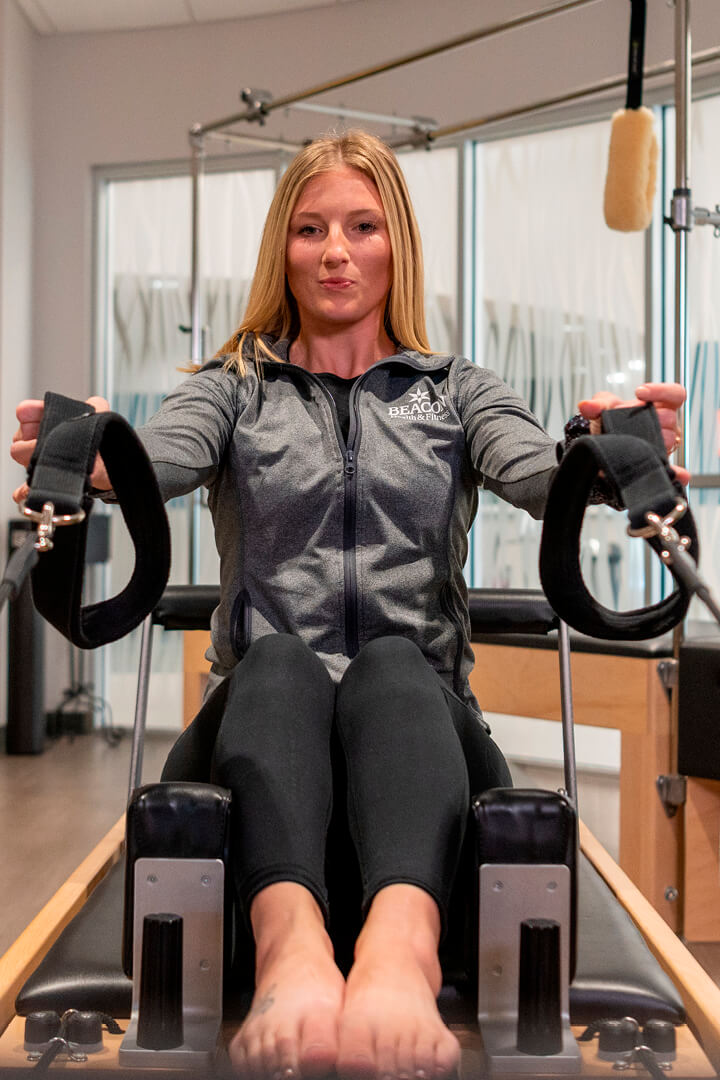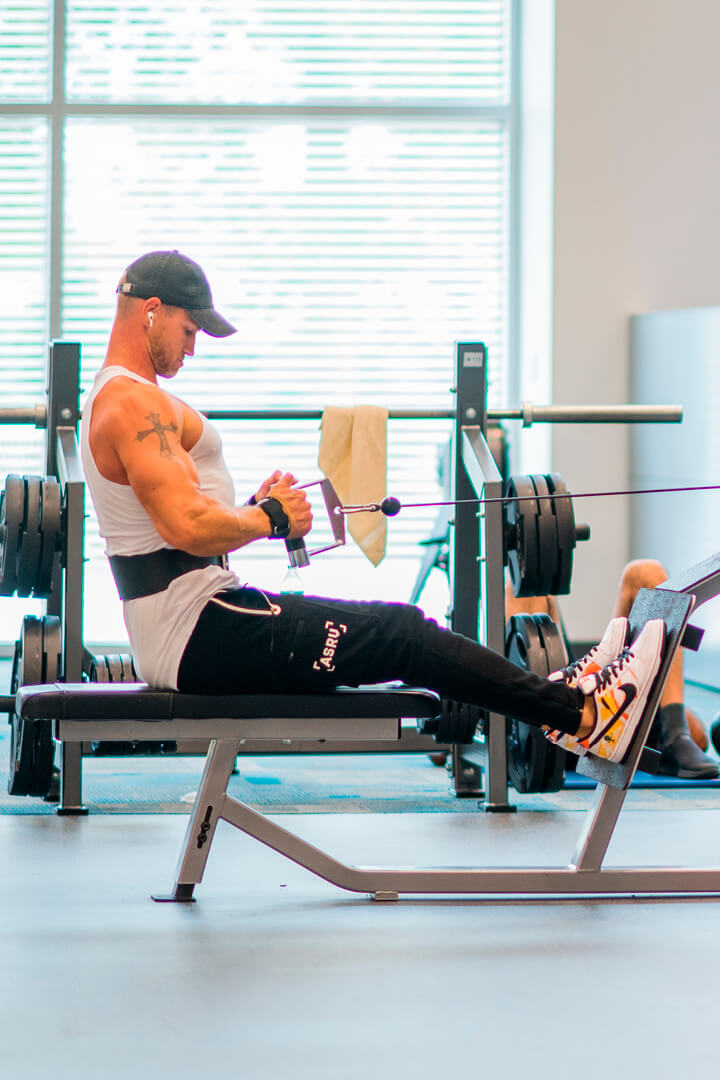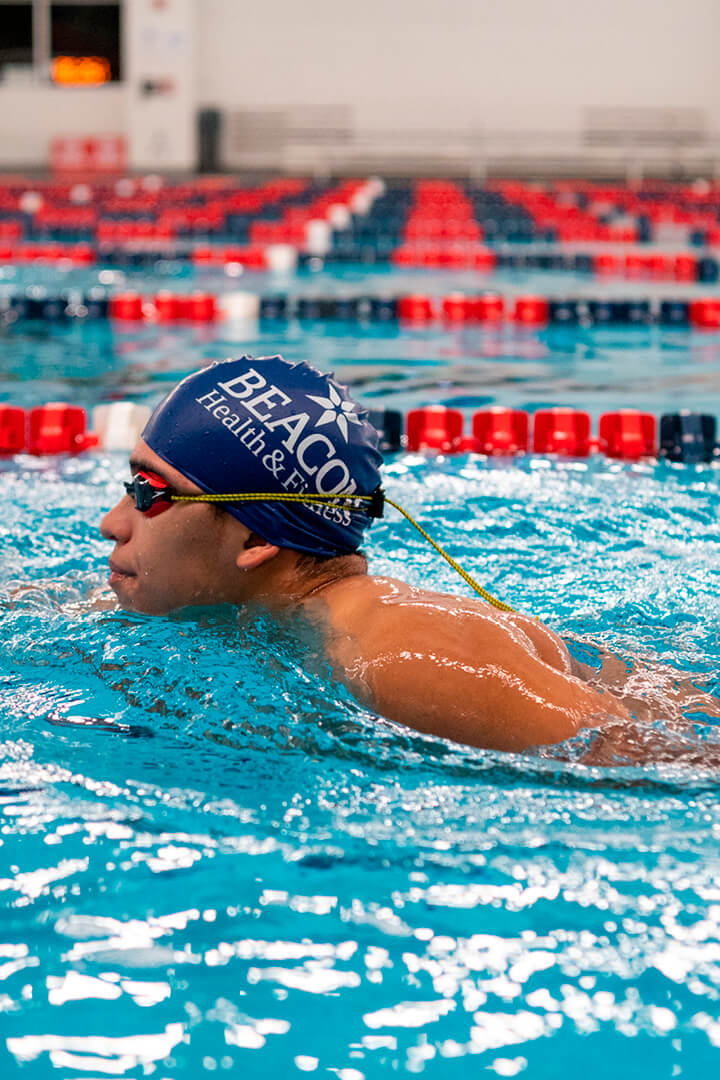[vc_row css_animation=”” row_type=”row” use_row_as_full_screen_section=”no” type=”full_width” angled_section=”no” text_align=”left” background_image_as_pattern=”without_pattern”][vc_column][vc_column_text]Whether you joined the gym to become stronger, to lose weight, or to participate in group fitness classes, we all have one common interest; to be healthy. One method of group fitness in particular has been the cause for not only improving quality of life, but functional motor skills, balance, mobility, and postural stability. Pilates.
Until the mid-1980s, the Pilates Method of exercise was not commonly known outside the world of dance, but has rapidly grown in popularity in the last decade. The Pilates Method is much more than a list of exercises. It is a way of connecting and conditioning the whole being-body and mind. Of the Pilates Principles, I have become an advocate for the principle of breathing. As Joseph Pilates said,
“Breathing is the first act of life and the last. Our very life depends on it.”
Pilates teaches various breathing techniques to enhance relaxation, lower blood pressure, and to activate specific muscles that help improve posture. Have you thought about your breathing pattern as you walk? How about when you pick up the laundry basket off the floor? Chances are that you haven’t, but luckily you are not alone. Practicing the art of correct breathing is not something we tend to regularly. Deep, controlled breathing activates blood circulation and awakens cells and muscles. It enhances the awareness of postural stability gained through the development of strength in the deep back and abdominal muscles.
The next time you are at the gym or even at home, practice your breathing. The breathing technique that I would like you to try is called lateral breathing. Sometimes, in Pilates and other types of exercise, we do focused training with abdominal muscles in a way that makes it impossible to allow the belly to raise up with the inflow of air. Lateral breathing teaches us to expand our ribcage and back to allow for a full intake of air. You can practice this by laying on the floor with your knees bent and feet flat on the ground. Start by taking a couple deep breathes in and see if you can maintain a neutral spine with your lower back pressing into the floor. Next, place a 1lb bag of rice (or anything similar) on your belly to see if you can keep it still while breathing laterally. Avoid belly “poofing” when you breathe to find the abdominal muscles which prevents the spine from becoming unstable, and the body rocking.
“Not only is health a normal condition, but it is our duty to not only to attain it but to maintain it.” – Joseph Pilates[/vc_column_text][/vc_column][/vc_row]





